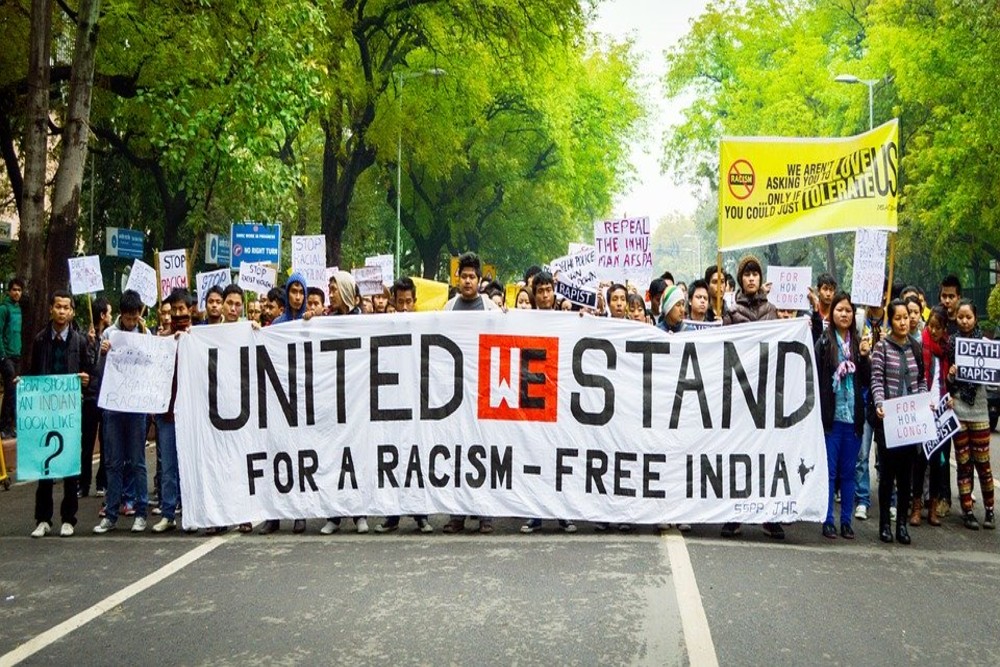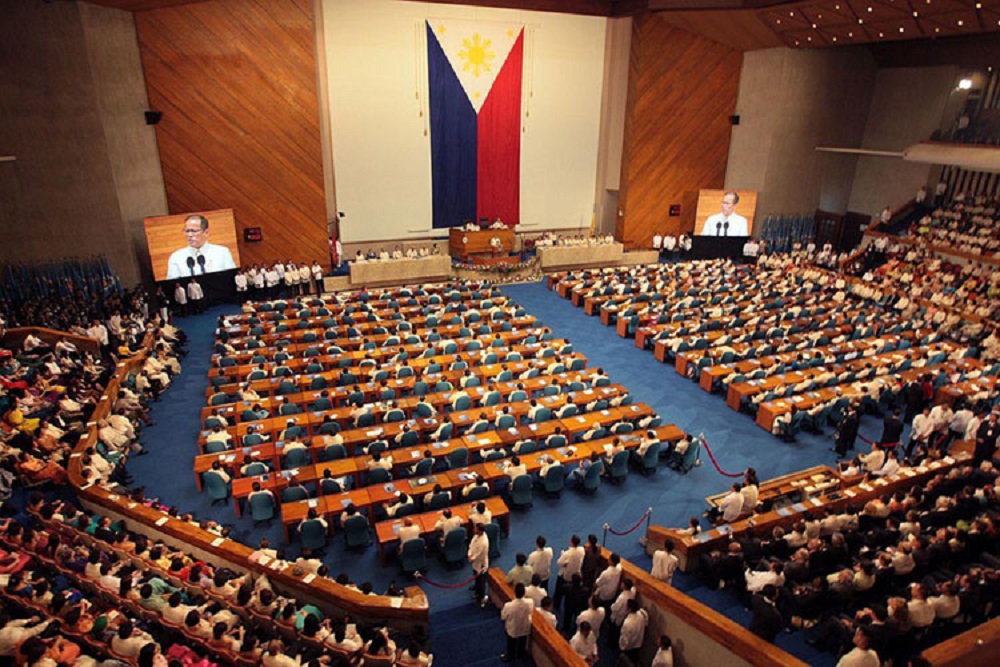Protesters have resulted in using offline messaging apps to communicate after the government shut down the internet. The protests were organized as a response to the new Citizenship Act, which the government is implementing.
The Citizenship (Amendment) Act protests have led to the Indian government shut down the internet. This move was taken in a bid to cripple down the protestors’ ability to organize further protests which the government has termed as illegal. The controversial law banning Muslims from obtaining citizenship in India has been heavily criticized, especially by the Muslim community.
The internet shut down has led to a rise in downloads of offline messaging apps such as Bridgefy, Fire-chat, and other similar applications. The offline messaging apps have been very effective tools for Hong Kong demonstrators and the Indian protestors might have picked cue from the Hong Kong protestors.
The apps use a mesh network that utilizes short-range Bluetooth connections to form a network of their own capable of sending messages without the need for carrier cell masts and the internet. After the internet was shut down, the protestors turned to these apps in order to ensure that they are keeping in touch. This resulted in a rise in the downloads of both Bridgefy and Fire-Chat applications.
Growth of offline messaging apps
Some regions such as Assam and Meghalaya saw a rise of downloads of Bridgefy by 80 times, whereas Delhi usage of the app spiked 30 times. It was the same across the country where average downloads before the protest were 25 downloads, which spiked to 100 times per day by December 12th.
The apps usage data also spiked from 184 on December 11th to over 12,000 on December 12th. This was a 65 times rise in usage of the apps in one day.
The offline messaging app makers, however, stated that the purpose of the app was not to organize protests. They said their applications are useful in times of crisis and they can help people connect to emergency services and seek help.
Featured image by Pixabay







